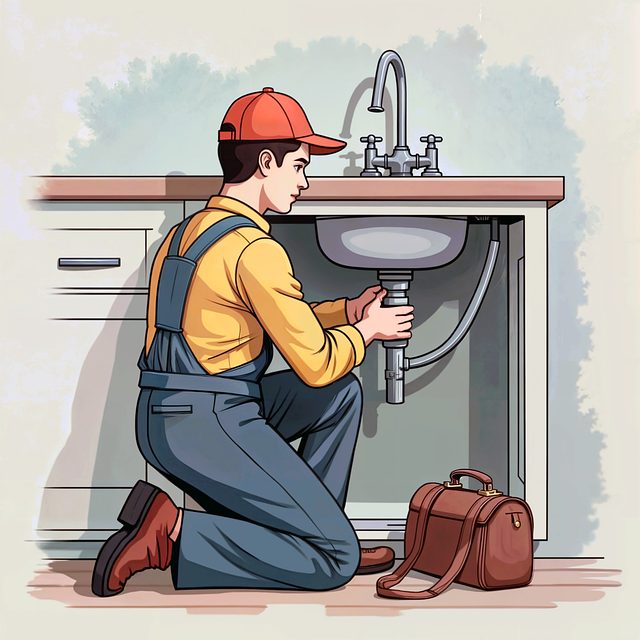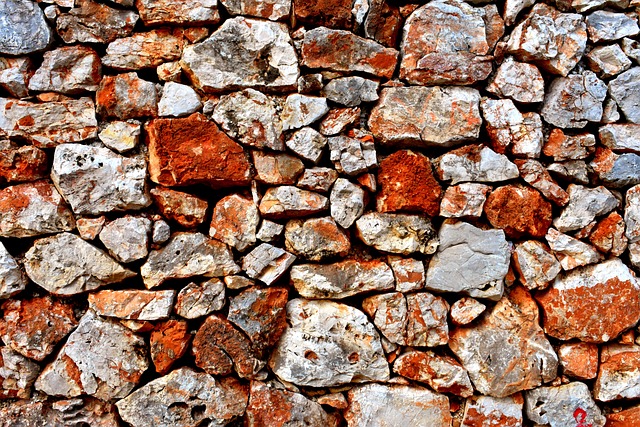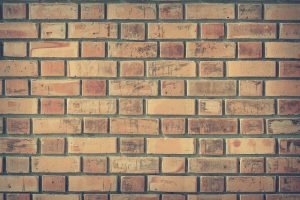Pier and beam structures offer stability in challenging terrains through vertical beams connected to horizontal piers, with structural integrity crucial. Regular inspections are vital to promptly address damage, preventing stem wall cracks and tilting. Stem wall repairs are essential for structural integrity, addressing water damage, mold growth, and settlement cracks. Advanced assessment techniques help diagnose subtle issues, guiding targeted repairs or reinforcement. Modern pier and beam solutions use high-strength materials and innovative techniques for enhanced longevity. Early action on stem wall repairs provides significant ROI, preventing costly failures and extending building lifespans, with maintenance including routine inspections, proper drainage, and stem wall upkeep.
In many regions, pier and beam structures form the backbone of homes, offering both aesthetic appeal and robust support. However, these walls face unique challenges, leading to common issues requiring stem wall repair. This article delves into the essentials of pier and beam foundations, identifies typical problems, and provides an in-depth guide to assessment, repair methods, materials, cost considerations, and preventive maintenance for optimal structural integrity and longevity. Understanding and addressing stem wall repair is key to ensuring your home’s stability.
Understanding Pier and Beam Structures: A Foundation Basics Overview

Pier and beam structures are a common foundation system, particularly in regions with varying terrain or where soil conditions may pose challenges for traditional slab foundations. This type of construction consists of vertical support beams connected to horizontal piers, which then rest on the ground or a concrete base. The design allows for flexibility in adjusting the height of the structure, making it ideal for building on sloping or uneven land.
Understanding how these structures function is crucial when considering any repairs, especially stem wall repair. Pier and beam systems rely on the integrity of both the beams and piers to support the overall stability of the foundation. Regular inspection and maintenance are essential to identify any signs of damage, settling, or displacement, ensuring that issues like stem wall cracks or tilting are addressed promptly to prevent further complications.
Common Issues Leading to Stem Wall Repair Needs

Stem wall repairs are often necessary due to several common issues that can arise over time, affecting the structural integrity of a building. One primary concern is water damage, which can lead to mold growth and deterioration of the stem walls. This is especially prevalent in areas prone to high humidity or frequent rainfall, where leaks or inadequate drainage systems may go unnoticed for extended periods. Over time, this moisture can weaken the wall’s framework, making it susceptible to collapse or significant structural failure.
Another prevalent issue contributing to the need for stem wall repair is settlement cracks. As buildings age, the soil beneath them can shift, causing the foundation and stem walls to crack. These cracks may start small but can expand over time, leading to instability and increased vulnerability to water penetration. Construction defects or poor initial building practices also play a role, particularly in older structures where inadequate materials or improper installation techniques might have been employed.
Assessment: Identifying Damage and Structural Integrity

Assessment plays a critical role in Pier and Beam support solutions, especially when addressing structural integrity concerns. The first step involves meticulously inspecting the stem wall, which is a crucial component supporting the entire structure. Damage to this wall can be subtle but significant, including cracks, shifts, or signs of water intrusion. Professionals use advanced techniques to identify these issues, ensuring an accurate diagnosis for effective repairs.
Proper assessment ensures that any Stem Wall Repair is targeted and comprehensive. By evaluating the extent of damage, structural engineers and experts can determine whether reinforcement, replacement, or other interventions are necessary. This meticulous approach guarantees that the Pier and Beam system remains stable and secure, preventing further complications and ensuring the safety and longevity of the building.
Repair Methods: Techniques for Effective Stem Wall Restoration

Stem Wall Repair involves several techniques designed to restore structural integrity and aesthetic appeal. One common method is the use of piering, where steel or concrete piers are installed deep into the soil to support the wall. This is particularly effective for walls showing signs of settling or shifting. Beam support solutions also play a crucial role in stem wall repair, especially when combined with piering. Steel beams can be used to brace the wall, providing additional stability and preventing further damage.
For more severe cases, complete wall replacement might be necessary. This involves removing the damaged sections and installing new stem walls using modern construction techniques. Using high-quality materials ensures the longevity of the repair. Regular inspection and maintenance are also vital for early detection of issues, allowing for timely intervention and minimizing the extent of repairs required.
Materials and Technologies Used in Modern Pier and Beam Support Solutions

In modern pier and beam support solutions, a variety of advanced materials and technologies are employed to ensure structural integrity and longevity. Among the most commonly used materials are high-strength steels, treated wood species like pressure-treated pine or cedar, and innovative composite materials that offer superior durability and resistance to rot and insects. These choices not only strengthen the foundation but also enhance overall stability.
Technological advancements have also played a pivotal role in enhancing pier and beam support systems. Modern engineering software enables precise design and analysis, allowing for tailored solutions that address specific structural needs. Additionally, advanced construction techniques such as pre-fabrication and improved joining methods like mechanical fastening and advanced gluing ensure stronger connections between components. These innovations significantly contribute to the overall effectiveness of stem wall repair and the long-term performance of the support system.
Cost Considerations and ROI of Stem Wall Repair Projects

Stem Wall Repair projects offer a significant return on investment (ROI) for homeowners and property managers due to their structural importance. The cost considerations for these repairs can vary greatly depending on factors like the extent of damage, size of the stem walls, and local labor rates. However, investing in prompt Stem Wall Repair can prevent more costly issues down the line, such as foundation failures or wall collapses.
The long-term savings often outweigh the initial expenses. According to industry experts, well-maintained stem walls can extend the lifespan of a building by decades, reducing future repair needs and enhancing overall property value. This is particularly crucial for older structures where regular inspections can help identify potential problems early on, making repairs more manageable and affordable.
Preventive Maintenance Tips for Long-Lasting Pier and Beam Support Systems

Regular maintenance is key to ensuring your pier and beam support system remains sturdy and long-lasting. Here are some essential preventive measures to keep in mind: Start by inspecting your structure regularly for any signs of damage or wear, especially after extreme weather events. Addressing issues early can prevent small problems from escalating into costly repairs. Look out for cracks in the concrete, pier rot, or beam corrosion—these are common indicators that require immediate attention.
Additionally, maintaining proper drainage around your pier and beam is vital. Ensure that water is not pooling or stagnating near these supports as it can accelerate deterioration. Regularly clean out drains and downspouts to prevent clogs and consider applying a waterproof coating to the base of piers for extra protection against moisture intrusion. Remember, a well-maintained stem wall repair is just as crucial as any other component in your pier and beam system.
